This high discharge LiPo is a great way to power any R/C, robotic, or portable project. This is an excellent choice for anything that requires a small battery with a lot of punch. The voltage is low enough not to tax your regulating circuits, and the discharge rate is high enough to accommodate a lot of electronics and a few small motors.
The battery has two cells and outputs 7.4V storing 1000mAh of charge. Because this is a dual cell battery pack, a special charger is needed. This battery is not compatible with single cell chargers. A compatible charger is listed below.
Note: This battery is not available to ship to Alaska or Hawaii, or through any express services (2-day, overnight), or internationally. This is temporary! Check out our blog post for more information. Additionally orders may take longer to process and therefore do not qualify for same-day shipping. Sorry for any inconvenience this may cause!
Note: Care should be taken not to short circuit or overtax these batteries because they don't have any built-in protection circuit.
Note: This item is non-returnable. If this item arrives damaged or is not functioning properly, please do not hesitate to contact us to see if further actions may be taken.
**Weight: **85g (2.99oz)
Replaces:PRT-10472
- 7.4V 2-cell pack
- 1000mAh of charge
- 25C continuous discharge rate
- JST-XH charge plug
- Dean's Connector discharge plug
- 70mm x 35mm x 18mm
Lithium Ion Battery - 1000mAh 7.4v Product Help and Resources
Battery Technologies
February 6, 2013
The basics behind the batteries used in portable electronic devices: LiPo, NiMH, coin cells, and alkaline.
Resources & Going Further
Check out this example using a Raspberry Pi, RC LiPo battery, and TB6612FNG DC motor driver.
Core Skill: Electrical Prototyping
If it requires power, you need to know how much, what all the pins do, and how to hook it up. You may need to reference datasheets, schematics, and know the ins and outs of electronics.
Skill Level: Rookie - You may be required to know a bit more about the component, such as orientation, or how to hook it up, in addition to power requirements. You will need to understand polarized components.
See all skill levels
Comments
Looking for answers to technical questions?
We welcome your comments and suggestions below. However, if you are looking for solutions to technical questions please see our Technical Assistance page.
Customer Reviews
3 out of 5
Based on 3 ratings:
Good, could be better
The price is a little high, My friend has a Bebop drone from parrot, and I bought three of these to rig up a 'three cell (actually six cells)' battery that has a whopping 3000mah capacity. it worked of course, and everything is smooth, but i had to pay 2 shipping costs because you can only but two at a time.
Hi there! Sorry about the inconvenience with having to ship them two at a time. The agency that governs shipping batteries in the air (IATA) has a list of how many can go into one package depending on how many watt hours it is. We're working on ways to be able to ship more of them in the air at one time, so please hang in there with us! :)
Working well so far
I'm using this to power an arm wearable that uses gesture control to control a kinetic sculpture. So far this battery works well, though it doesn't last as long as I'd hoped. I have a nice Tenergy charger but for some reason the balancer extension is missing. As of now I'm recharging the battery through the Dean's connector without also connecting to a balancing board. I hope this setup lasts for at least a little while.
Worst battery of this class I have used
Order 10 for iterations of a project, all have over temped and bloated the casing, would never buy again. They have failed during charge, during use, and during storage.

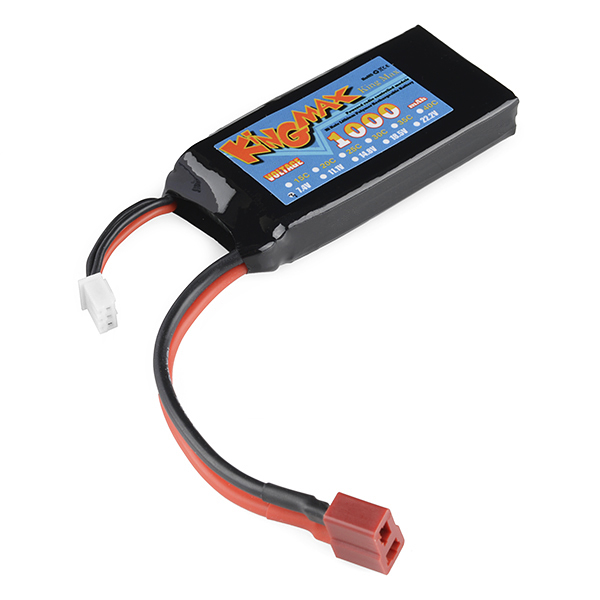
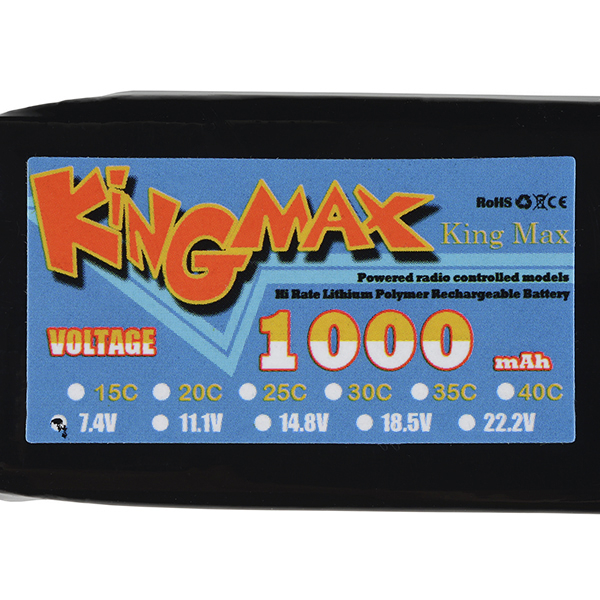
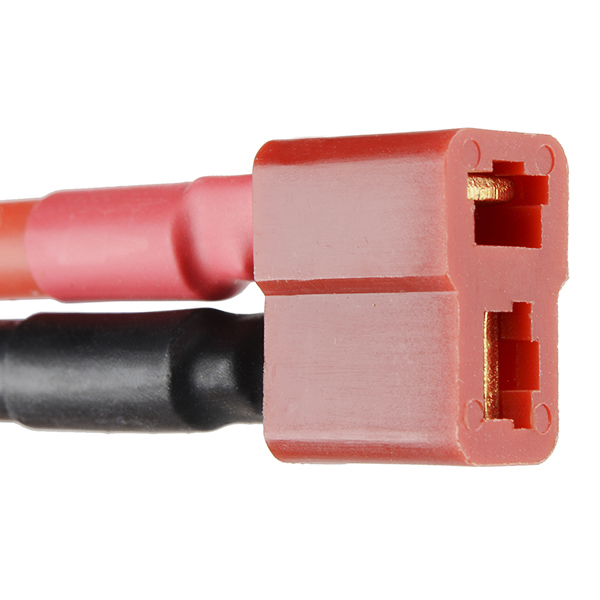
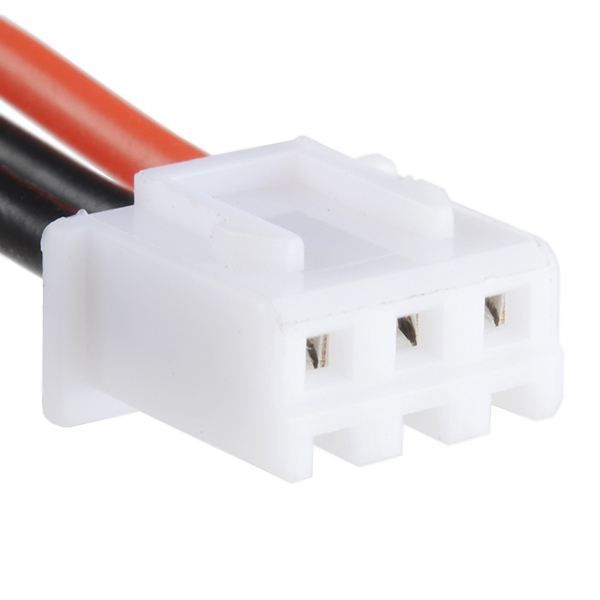
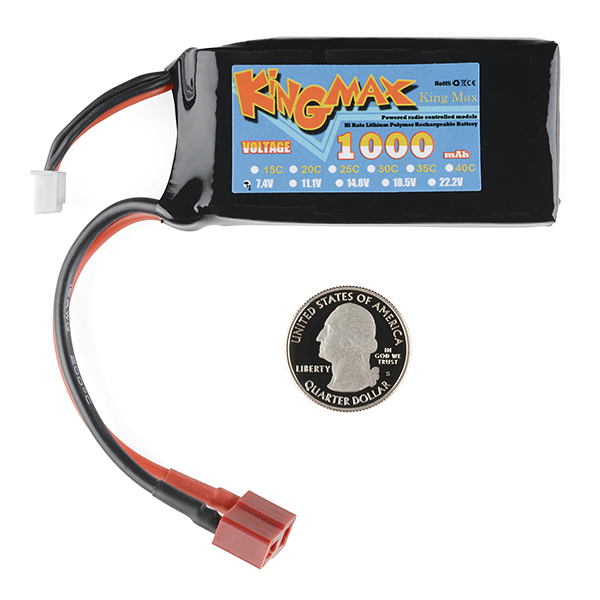
What's the best way to connect this battery on PCB?
I'm fabricating PCB that's powered by this battery, and couldn't find a good way or connector for this battery. It says dean's connector and SparkFun has M/F Deans connector on recommended product. So I will drill 2 holes, and solder the male Deans connector on PCB? I'm not sure this is the best idea...
Just FYI guys, when they say "no protection circuit" that includes undervoltage protection. I accidentally left one of these packs connected to a prototype and managed to discharge the entire pack down to 2.2V! The poor thing was so swollen it actually broke out of the black plastic they're wrapped in! It was seriously twice the size of a normal pack.
I figured there was no fixing it, so I cut the cords off and properly disposed of it. I made the assumption there would be under-voltage protection at the very least; don't make my mistake! If you're planning to run these batteries raw on an Arduino or some other type of MCU, hook the output to a voltage divider and monitor it in software; once the battery hits 6V have your system turn everything off and go into the deepest sleep mode it can. This is the bare minimum I would recommend with these types of batteries.
I'm now working on a nice little protection circuit that will monitor these packs with a chip from TI and then shutoff the output (via a FET) when the voltage gets too low.
TL;DR: These packs have no under-voltage protection and can be discharged down to a point that permanently damages them. Be careful!
"Note: Care should be taken not to short circuit or overtax these batteries because they don't have any built-in protection circuit."
A protection circuit might make for a good tutorial.
I'm looking for 11.1V Lipo battery , but it's out of stock , where can i find it ?
I can't find a charger compatible with this battery. Can someone please help me?
It looks like this one is.